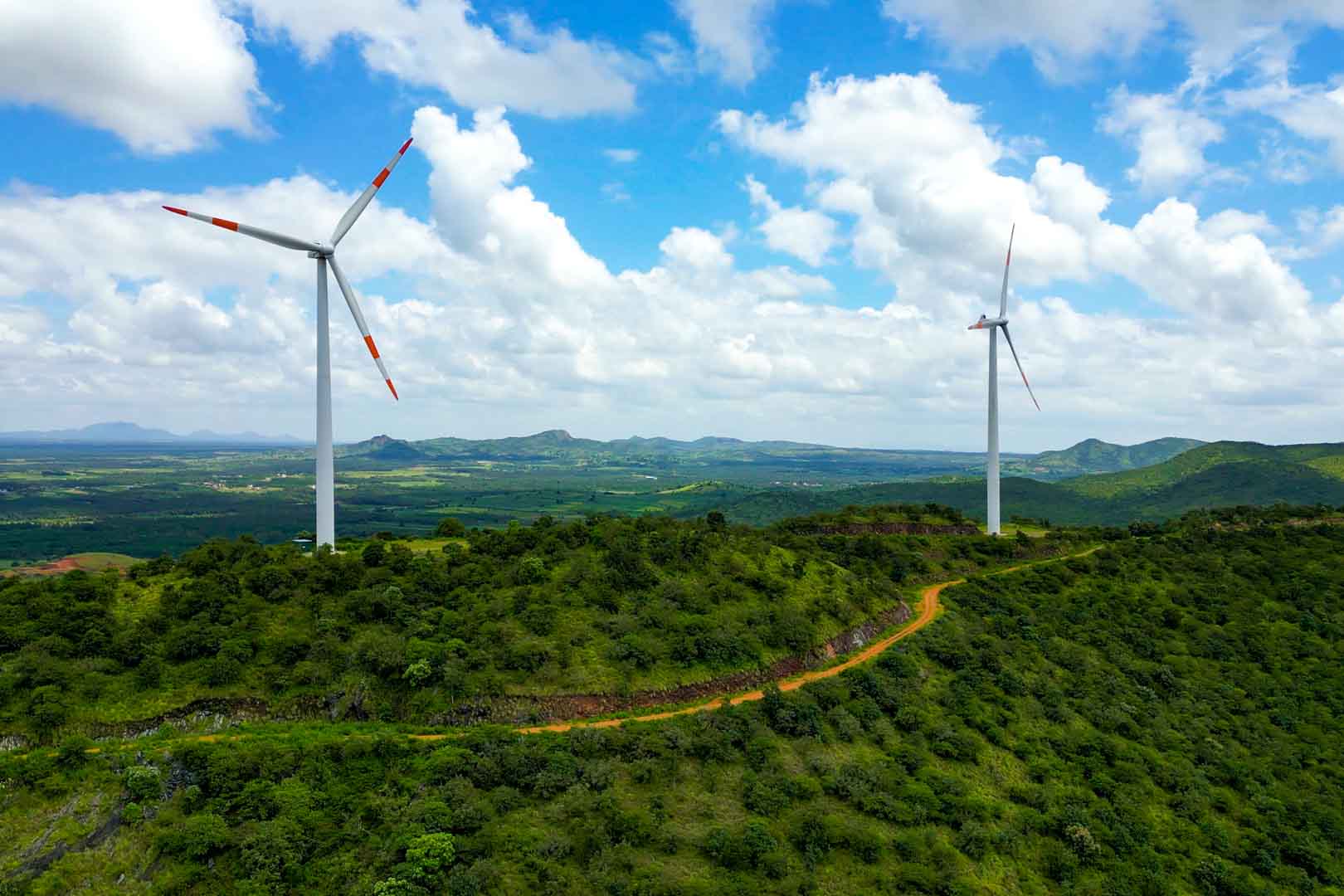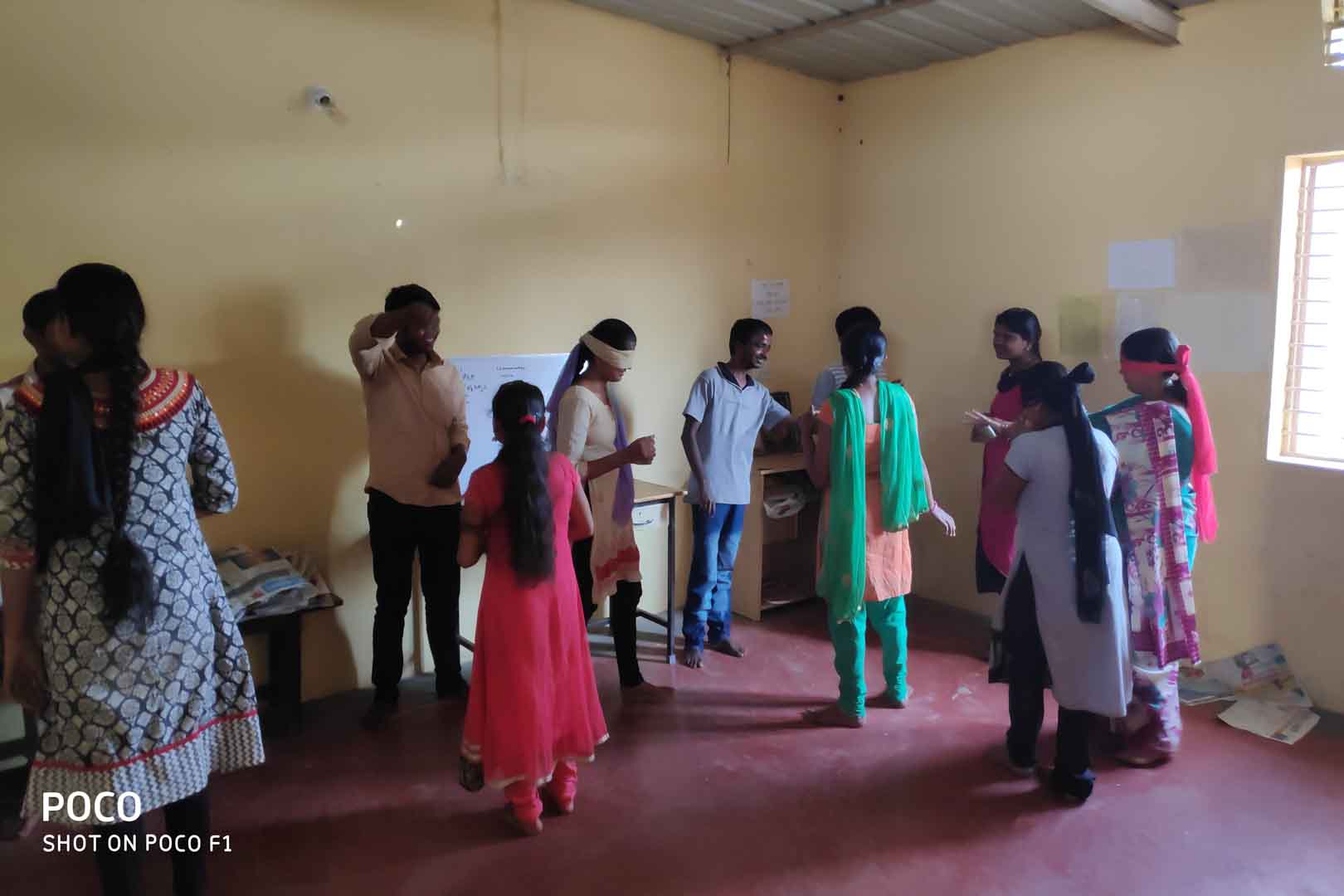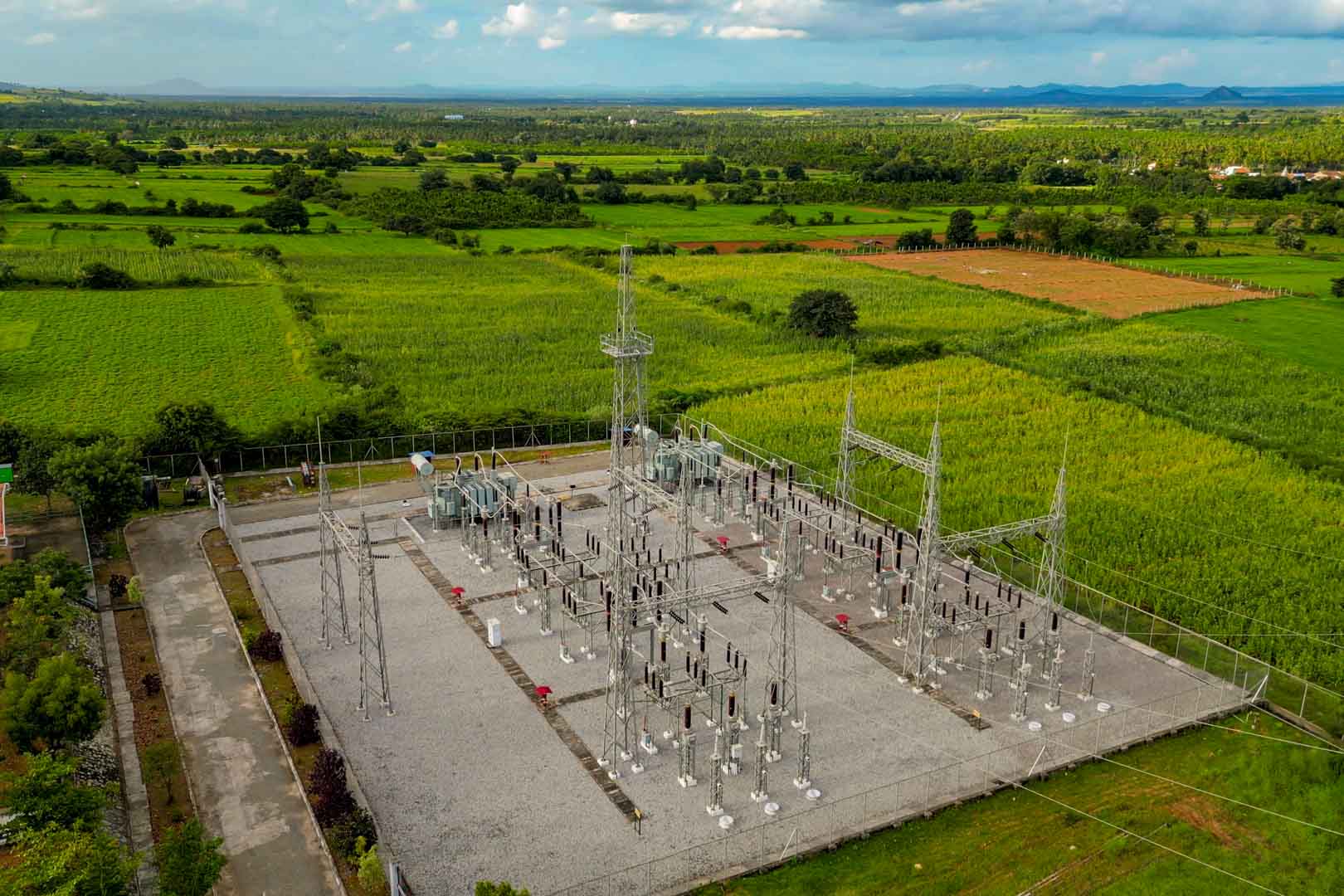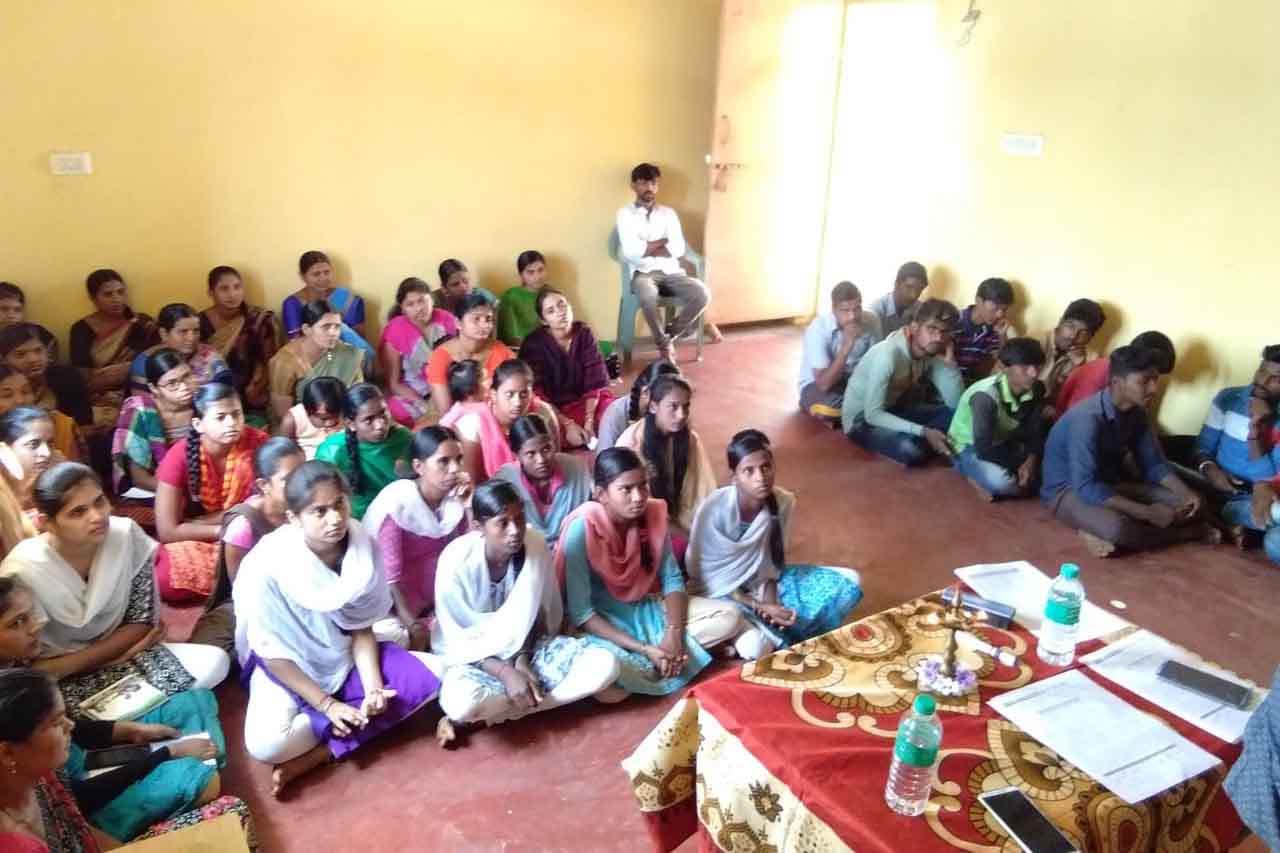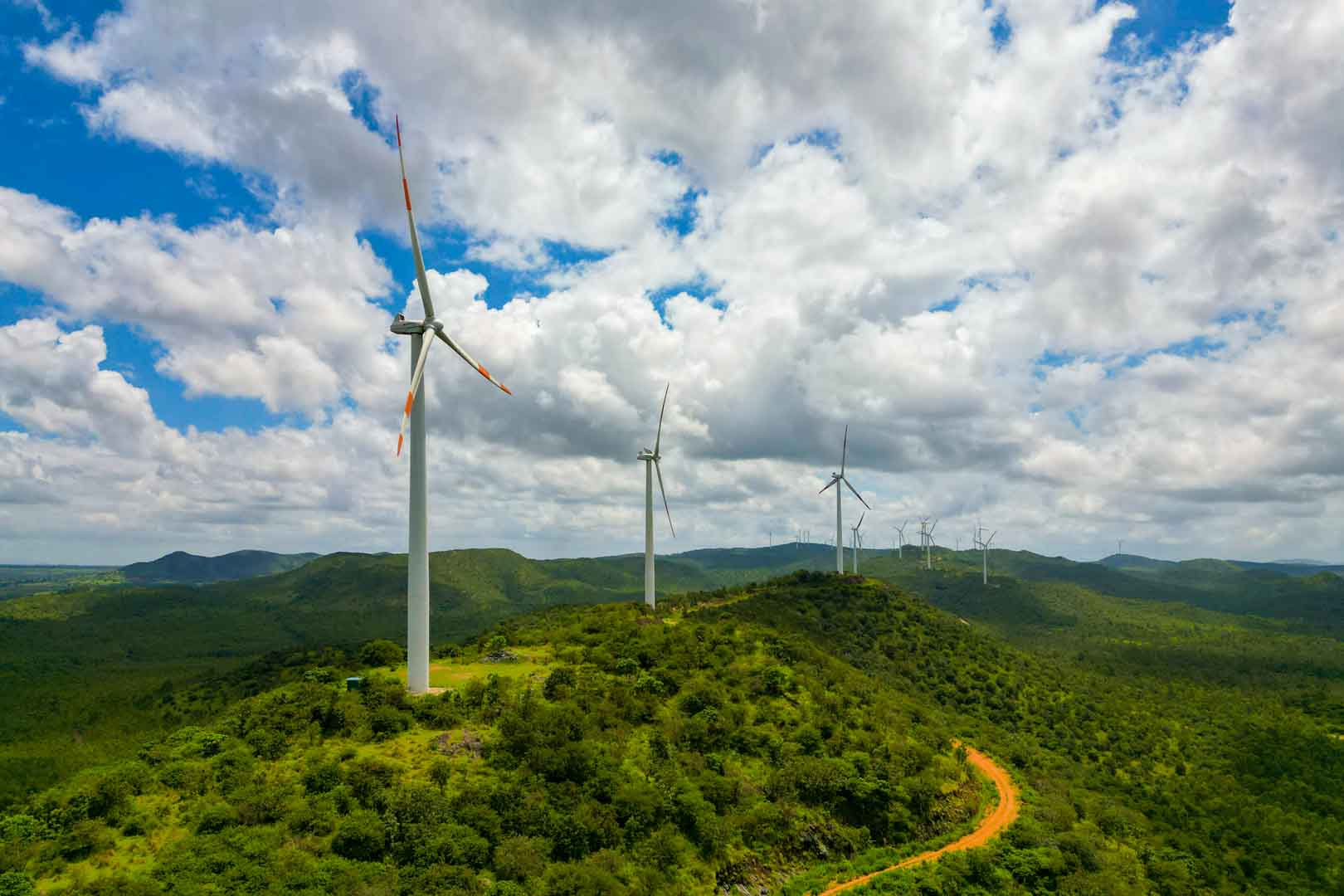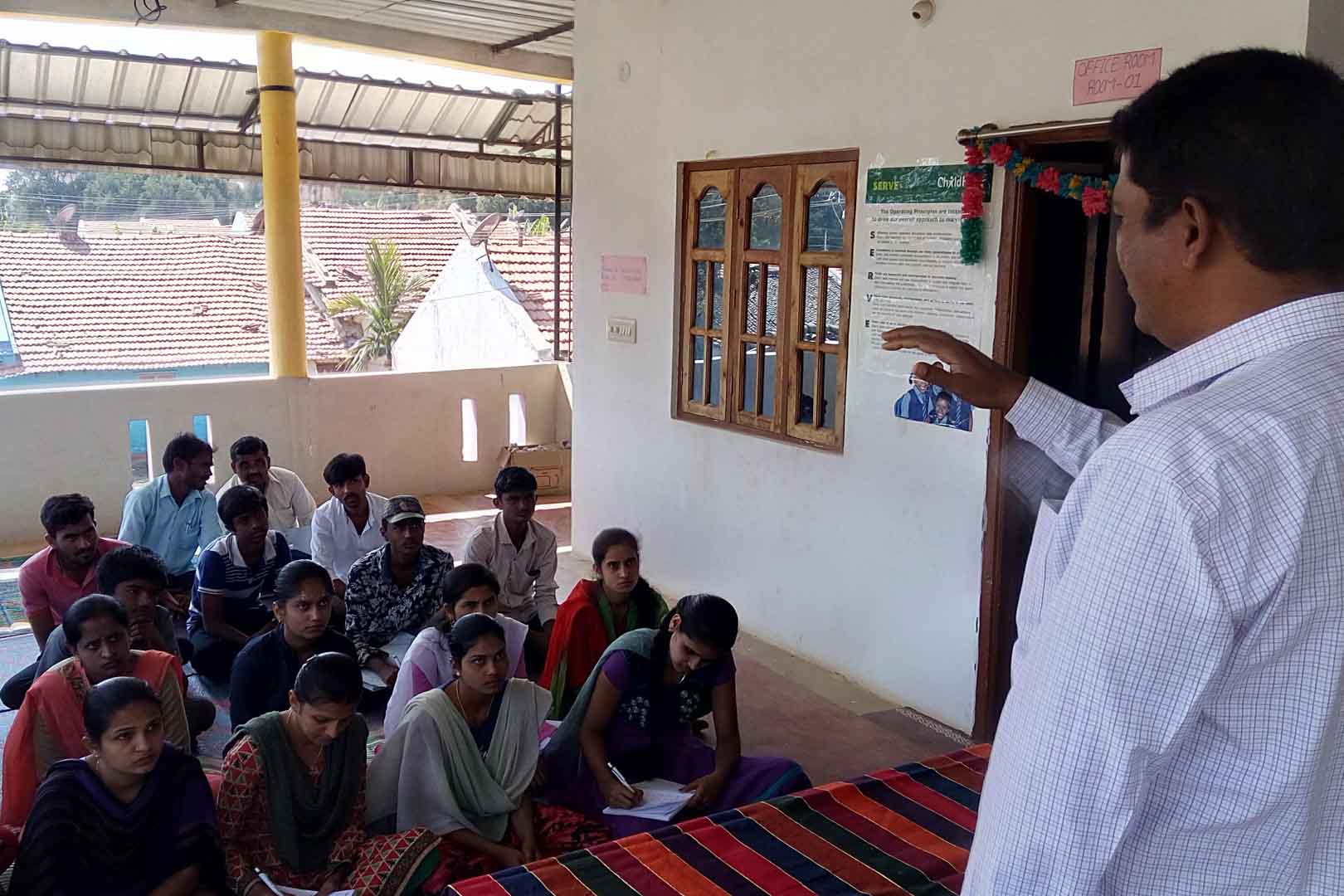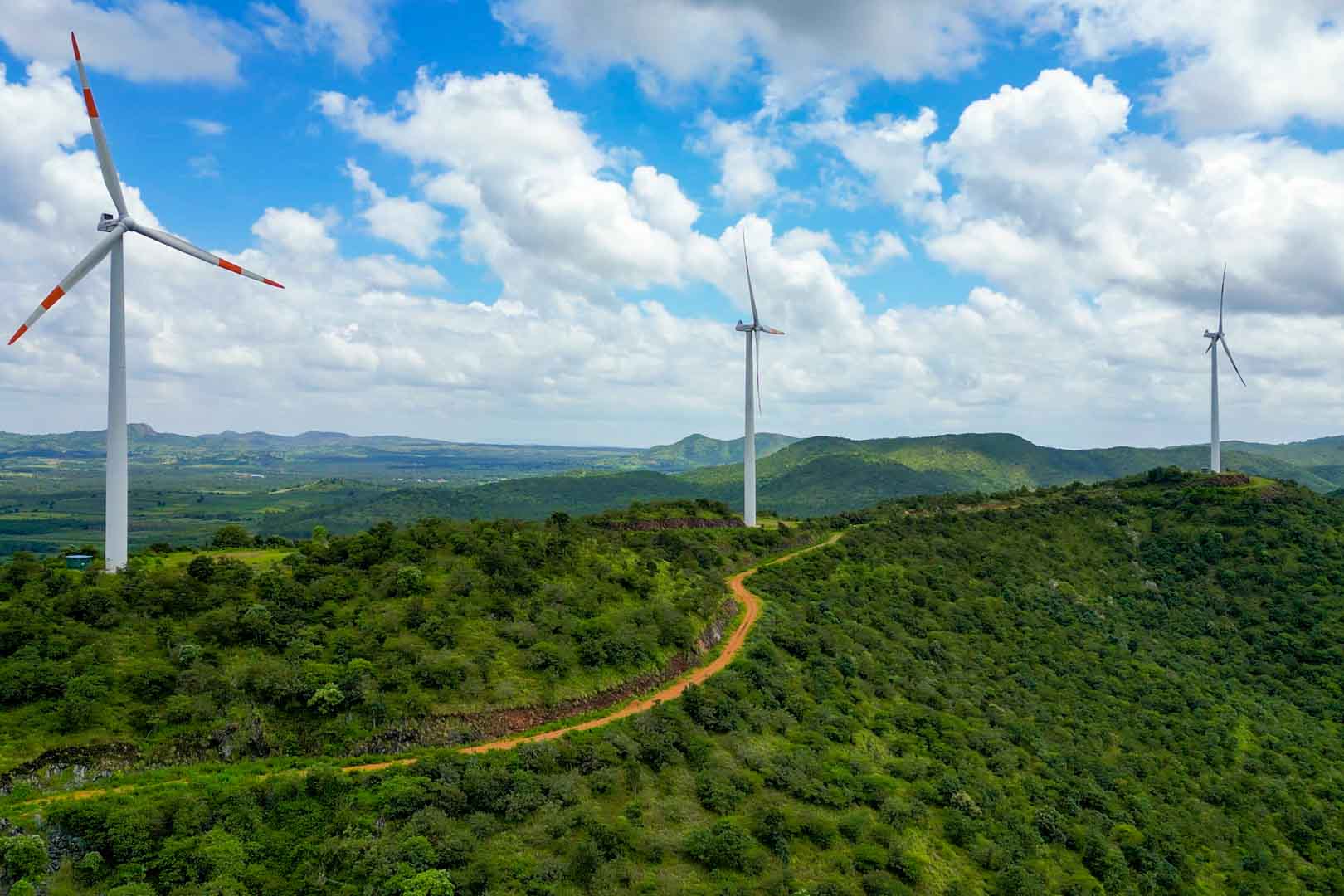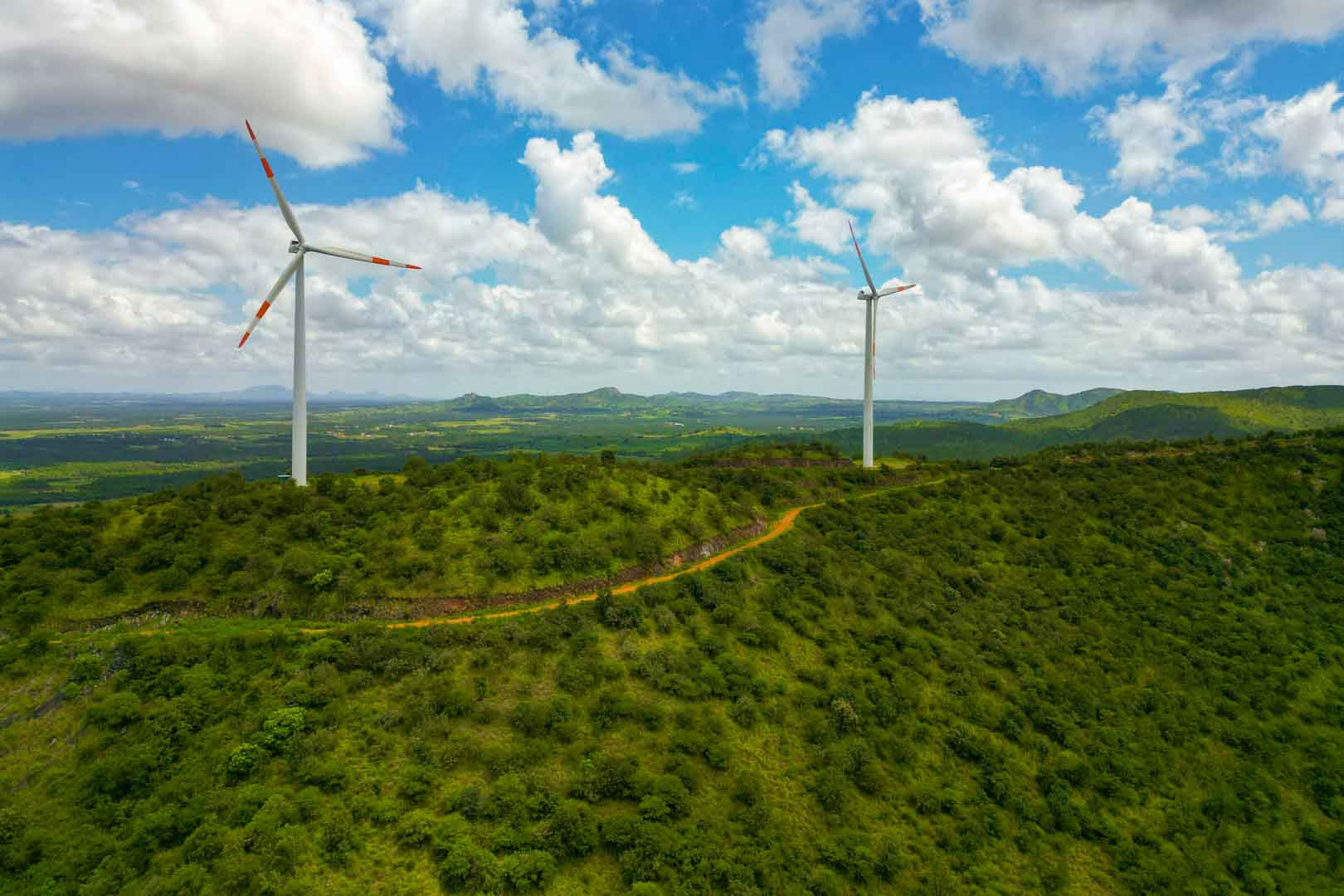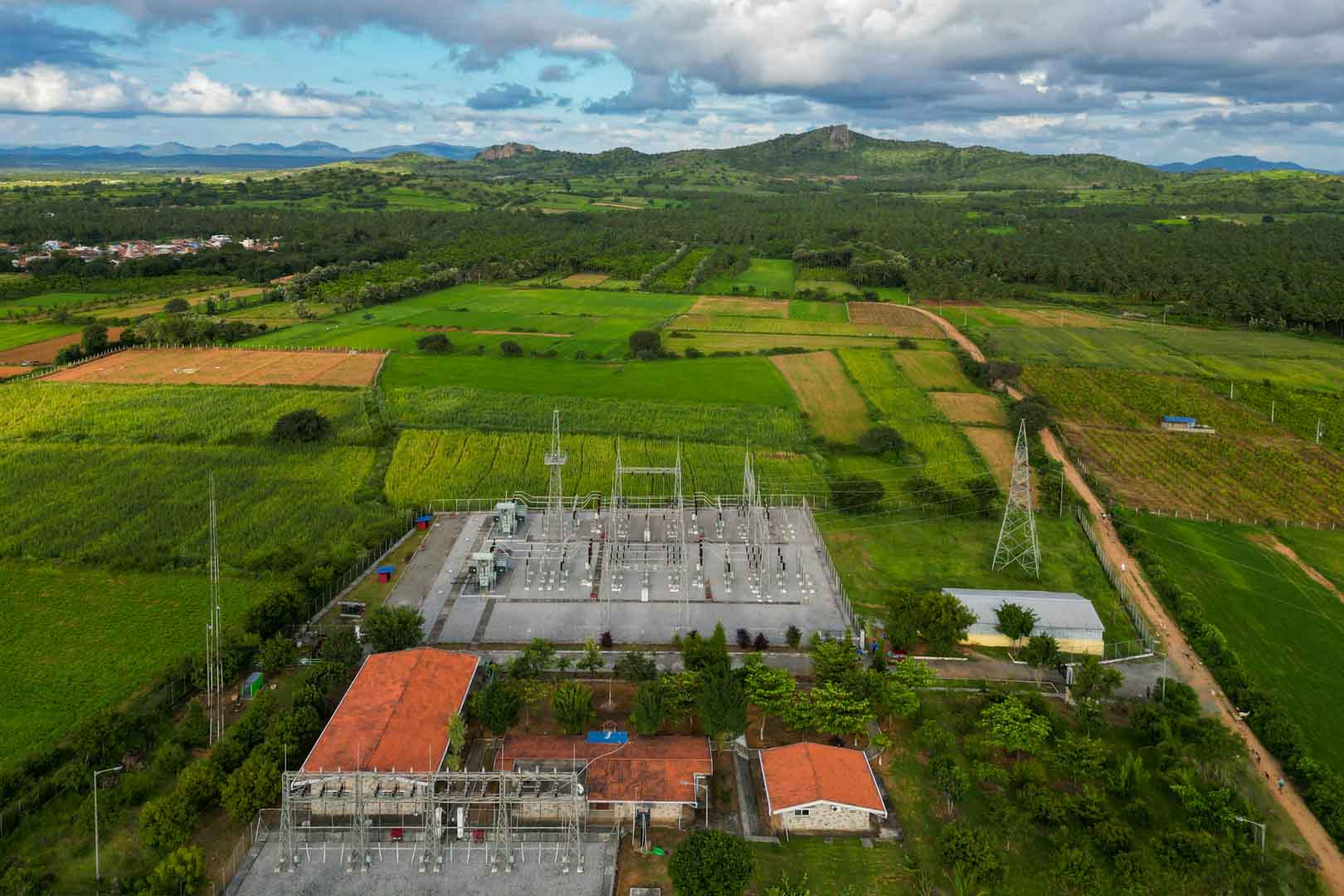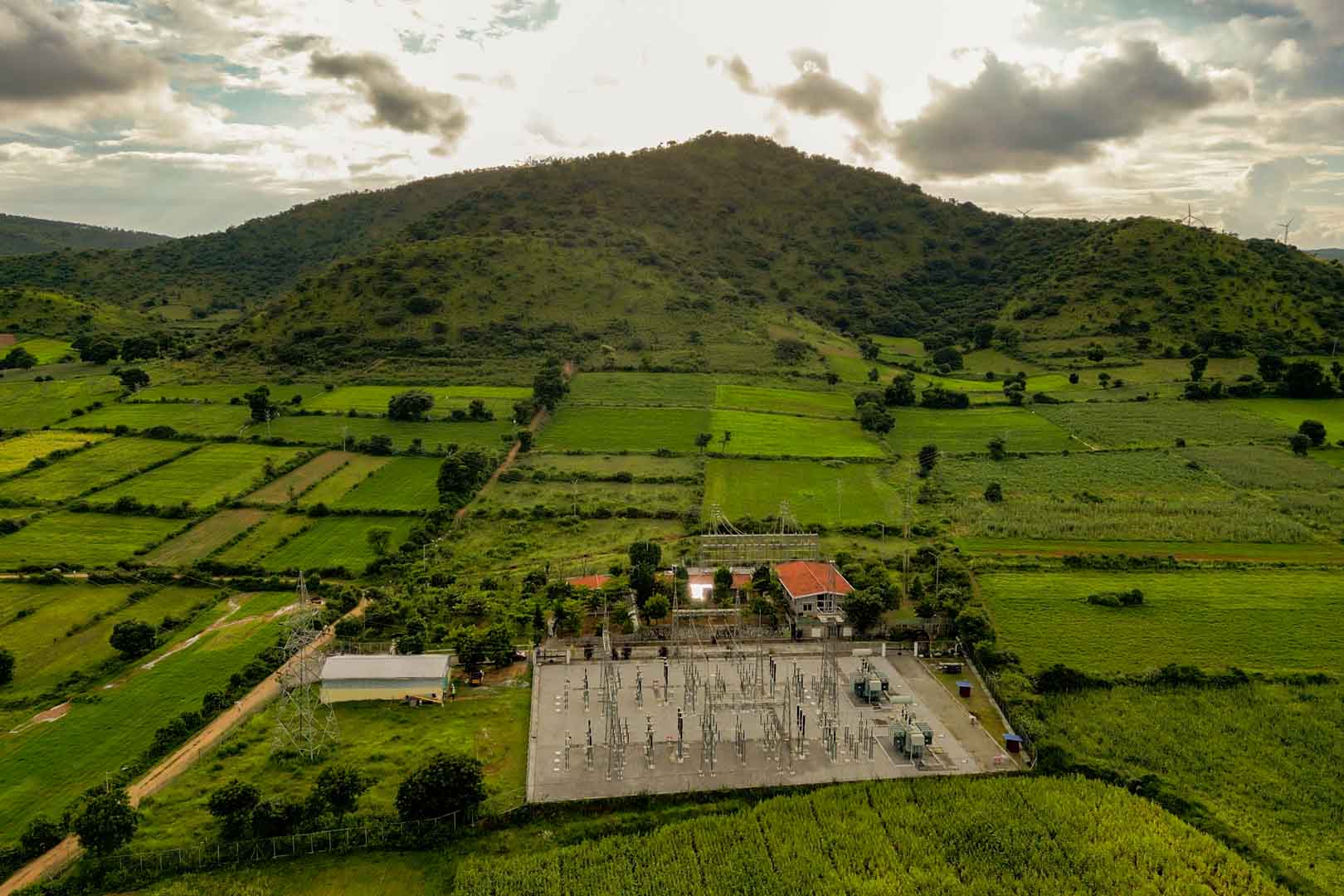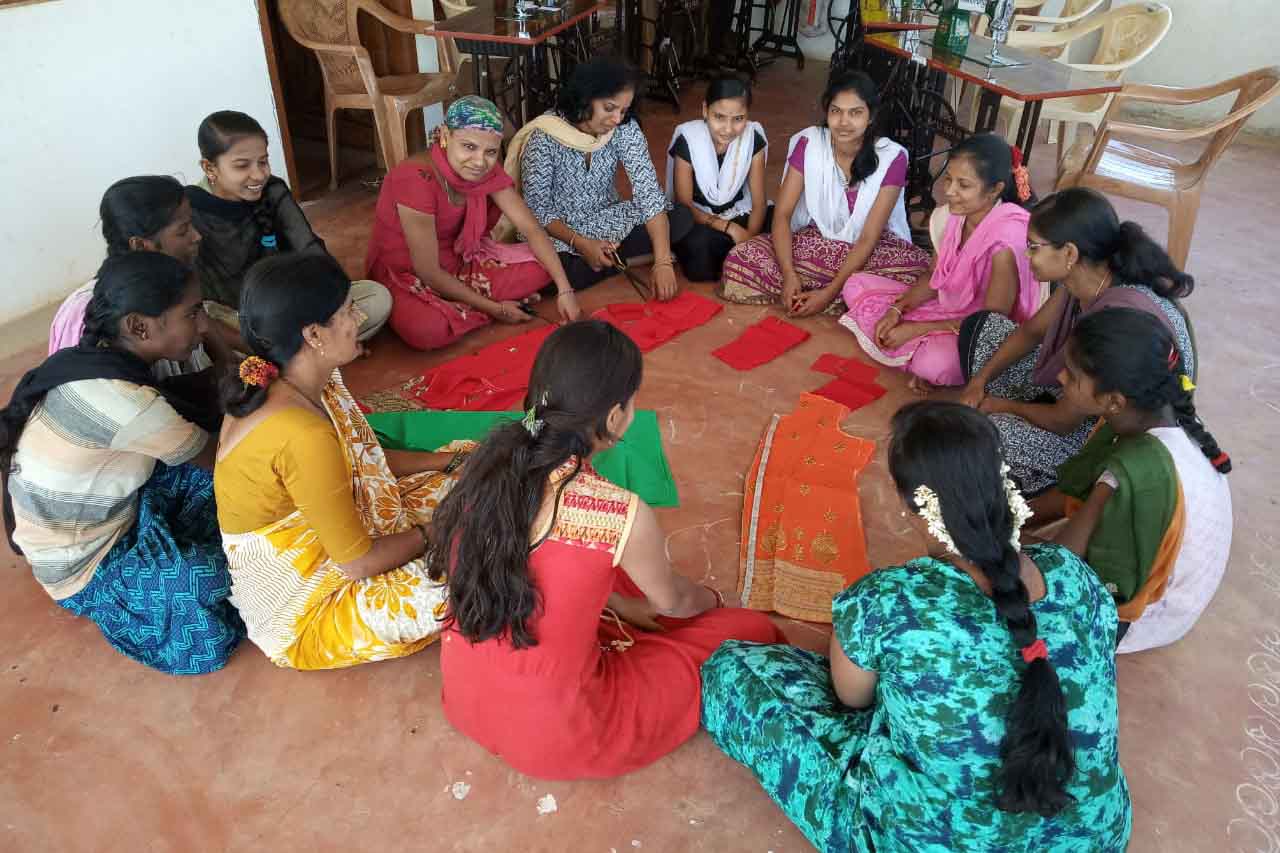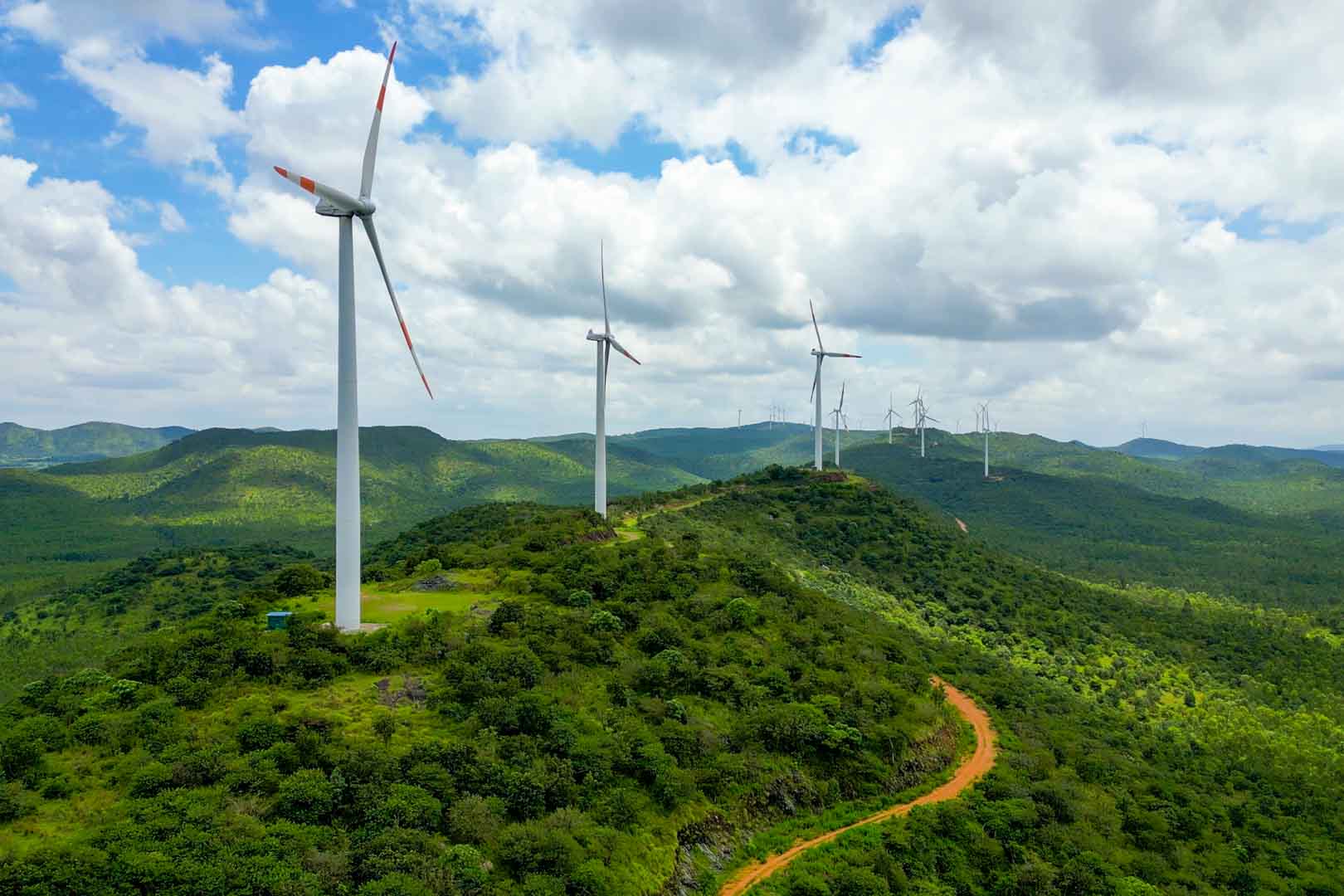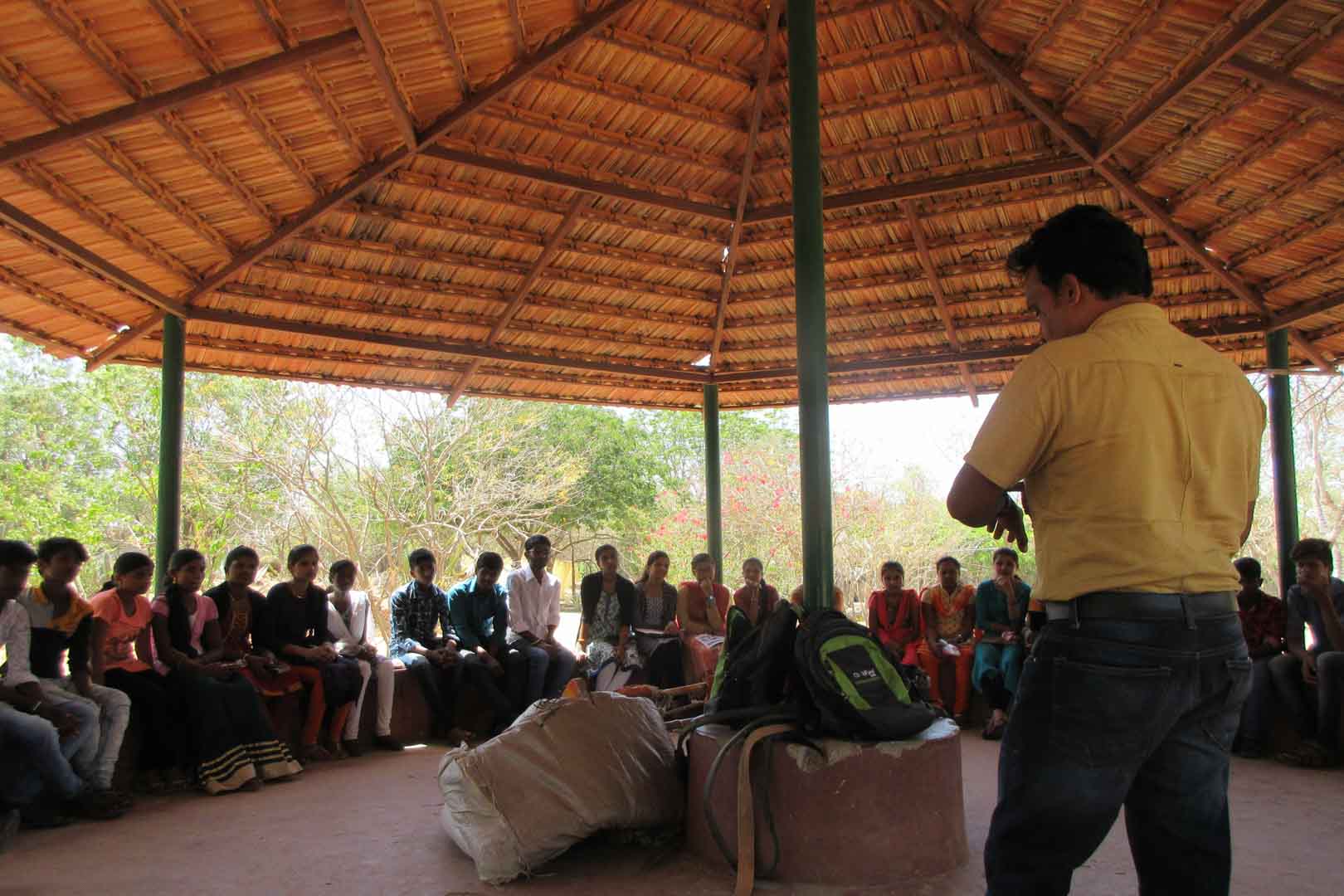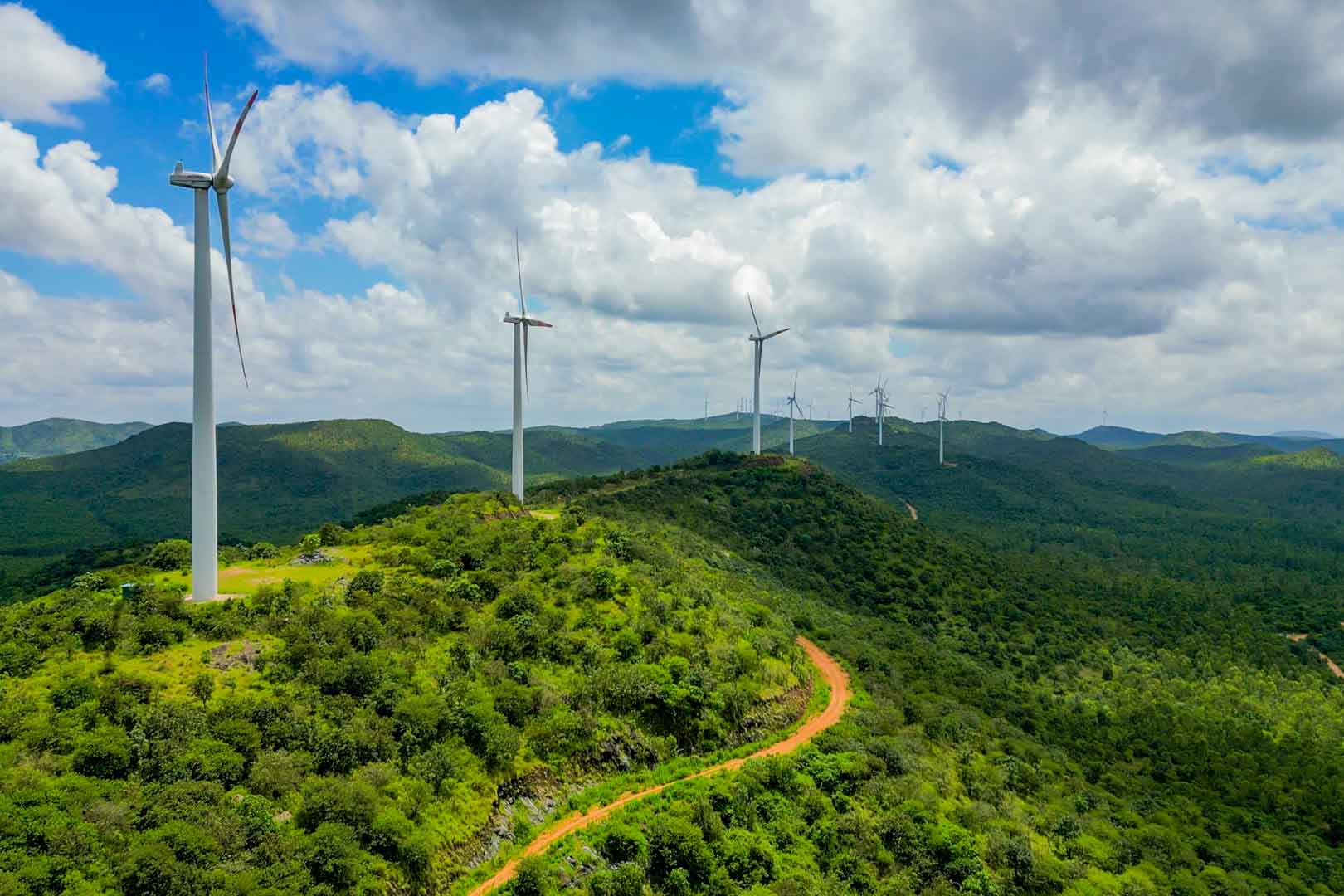Wind energy promotes sustainable development in India
Clean power generation through wind turbines. This is just one of the many benefits of the project in the southern Indian state of Karnataka. Several small wind farms in the districts of Shimoga and Chitradurga generate clean electricity with a total of 34 turbines and a total capacity of 56 MW, which is fed into the Indian grid. The low-emission technology thus contributes to the reduction of greenhouse gases. At the same time, the project secures the energy supply in regions that previously had no constant access to electricity.
In addition to improved electricity supply, the project also facilitates the SWABALAMABAN programme, which provides vocational training for unemployed youth from local villages, such as electrical wiring, tailoring, agricultural activities or driving lessons. With education programmes as well as the establishing job opportunities for the local population the project supports the sustainable development of the region.
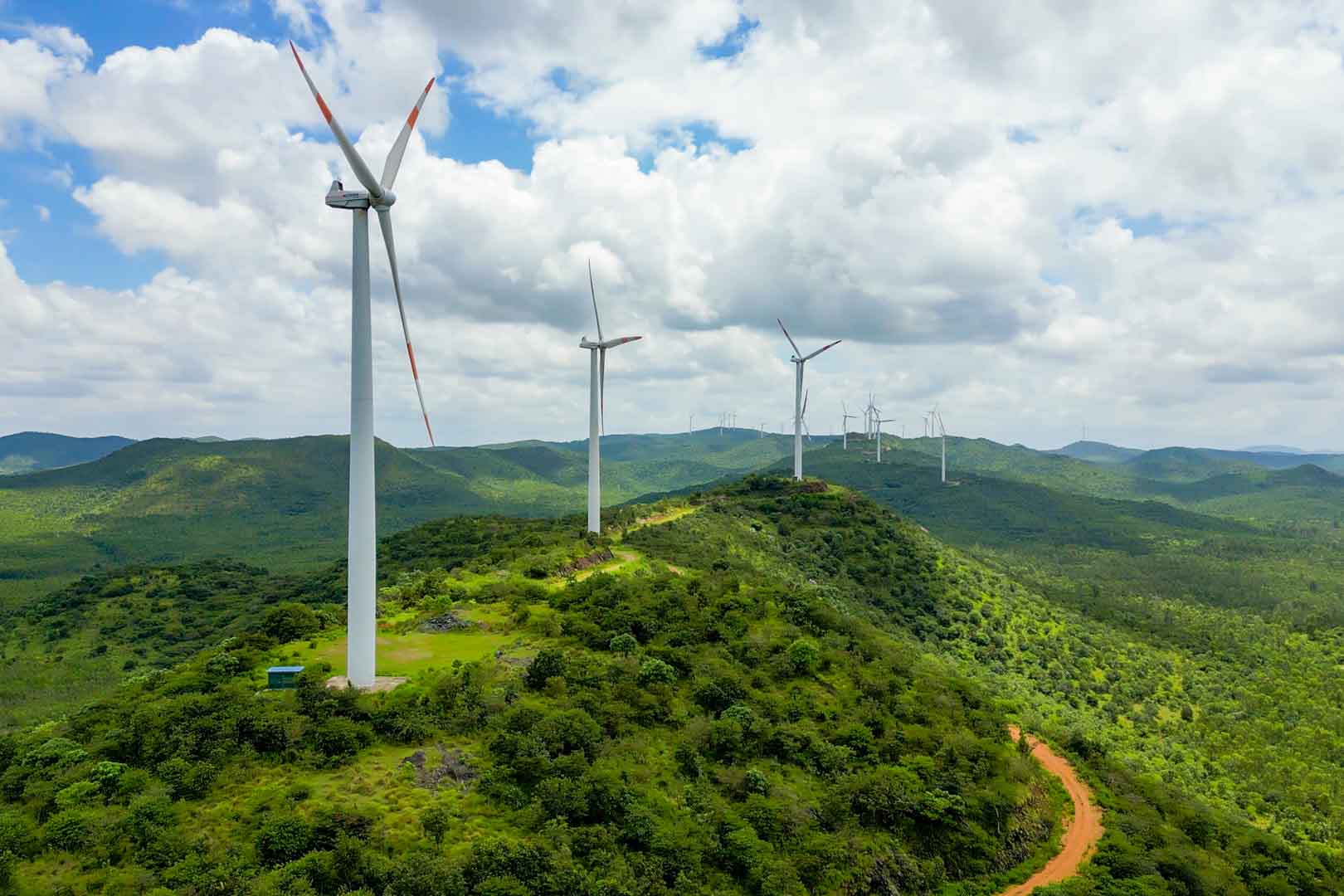
As the name suggests, wind turbines use the power of the wind to generate energy. During this process, a generator located inside the wind turbine converts kinetic energy into electrical energy. As energy is still mainly generated from fossil fuels in many areas around the world, clean wind energy can replace some of this fossil, high-emission energy and verifiably save CO2 emissions.
In most cases, the sustainably generated electricity from the wind power projects is fed into a regional power grid, which diversifies the power supply and improves energy security in regions that are frequently affected by power shortages and outages. A project often creates increased job opportunities for the local population and the area can be used for additional activities, such as agriculture. Wind power projects make an important contribution to a clean energy supply worldwide and contribute to sustainable development with respect to the UN Sustainable Development Goals (SDGs). Wind energy projects in the ClimatePartner portfolio are registered with international standards.
Explore our projects
Biochar for Climate Action, Healthy Soils, and Better Harvests

A certified climate project combined with additional commitment

Expansion of renewable energy generation in Asia
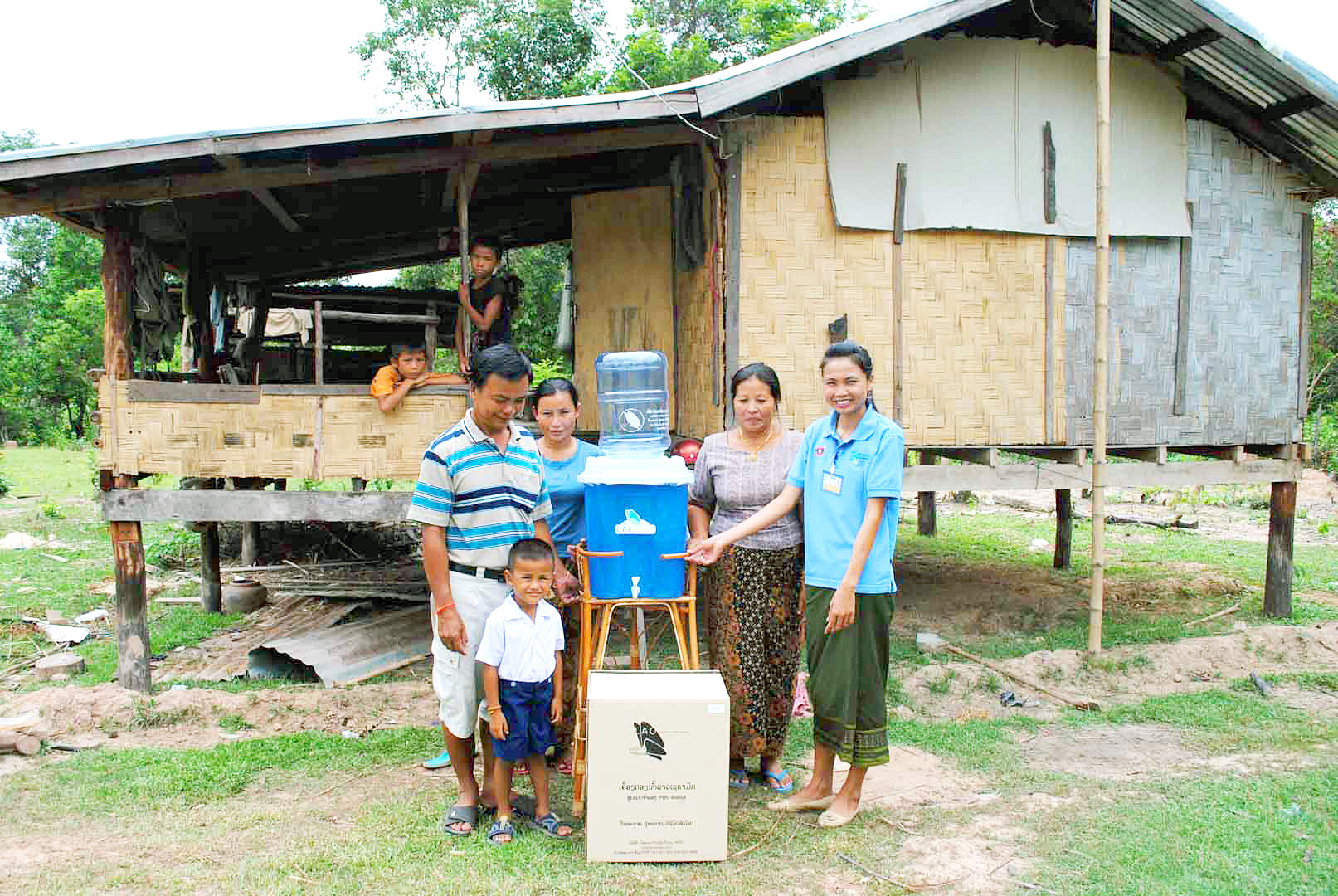
Ceramic water filters save CO2 and improve health
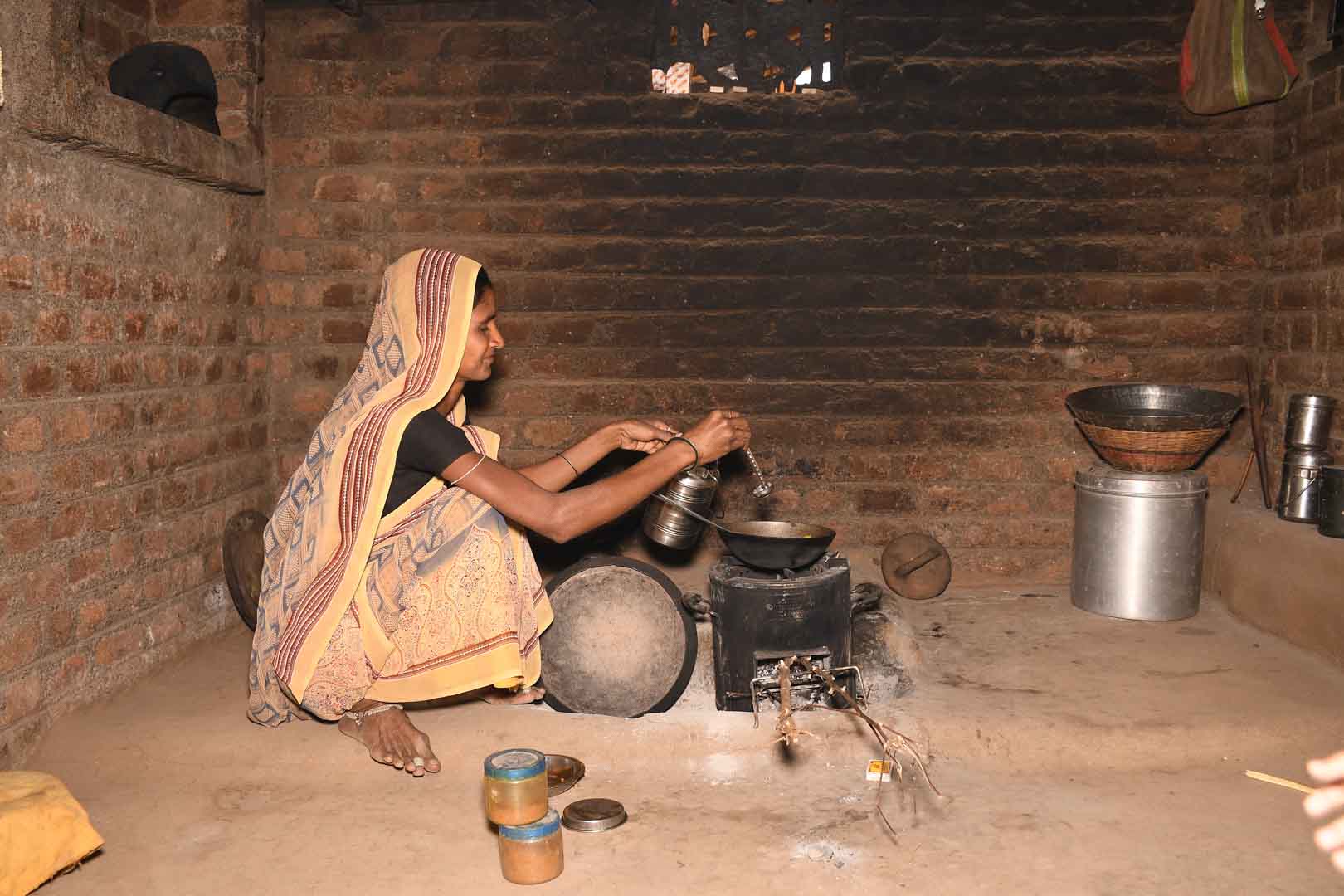
Improved cookstoves worldwide – for better health and cleaner air

A certified climate project combined with additional commitment
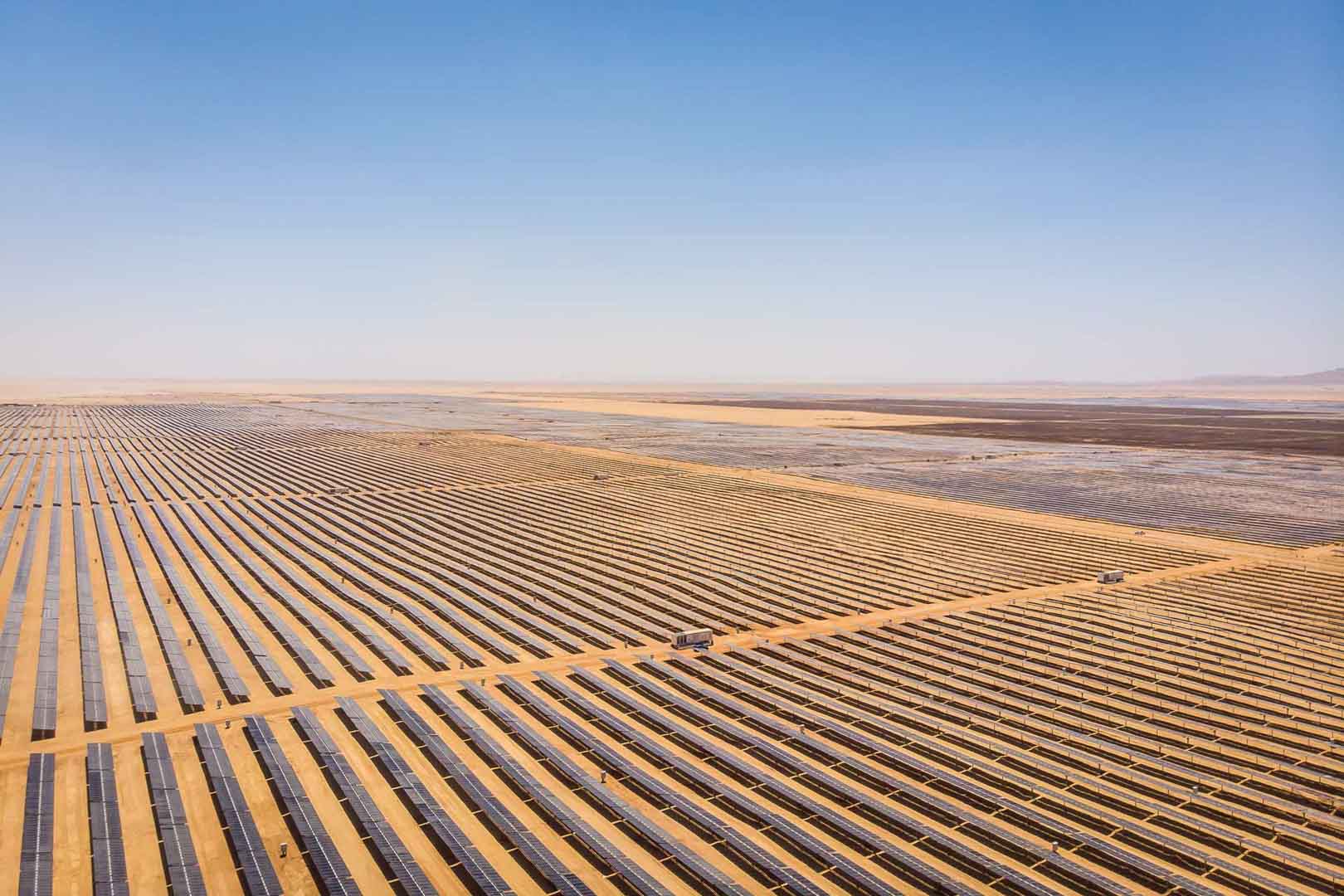
Powering access to renewable energy in Africa

A certified climate project combined with additional commitment
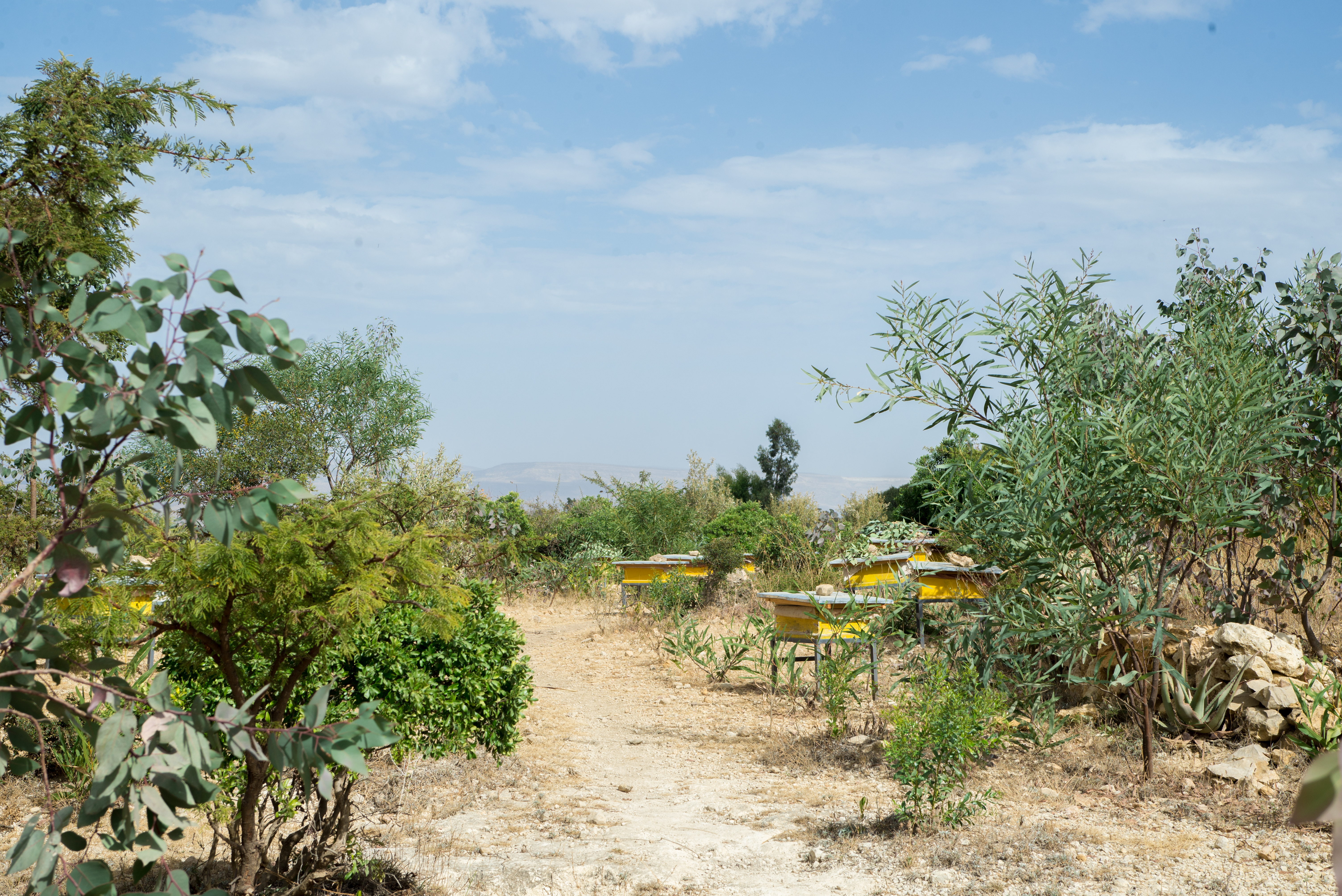
Restored ecosystems remove carbon
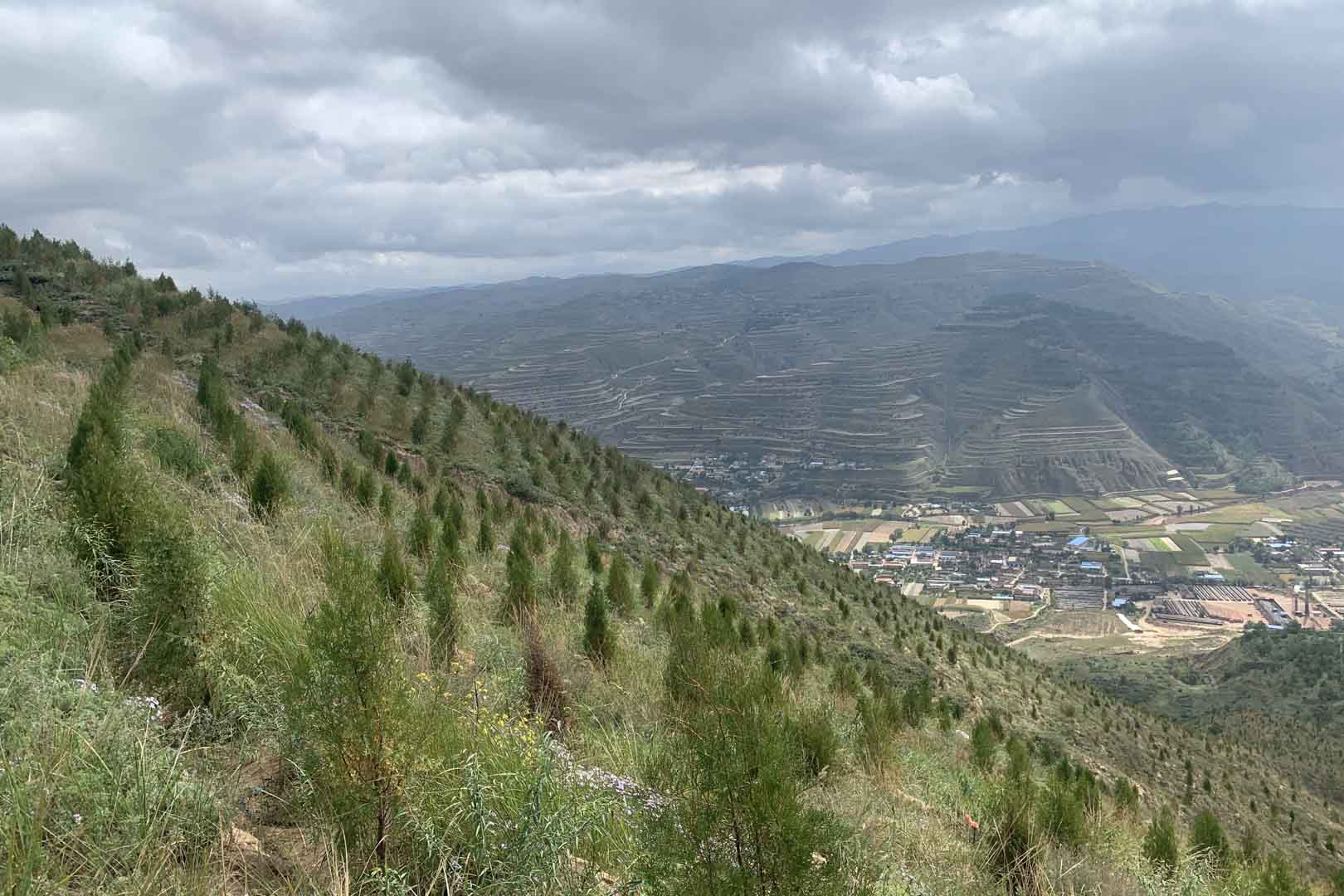
Turning degraded farmlands into healthy ecosystems
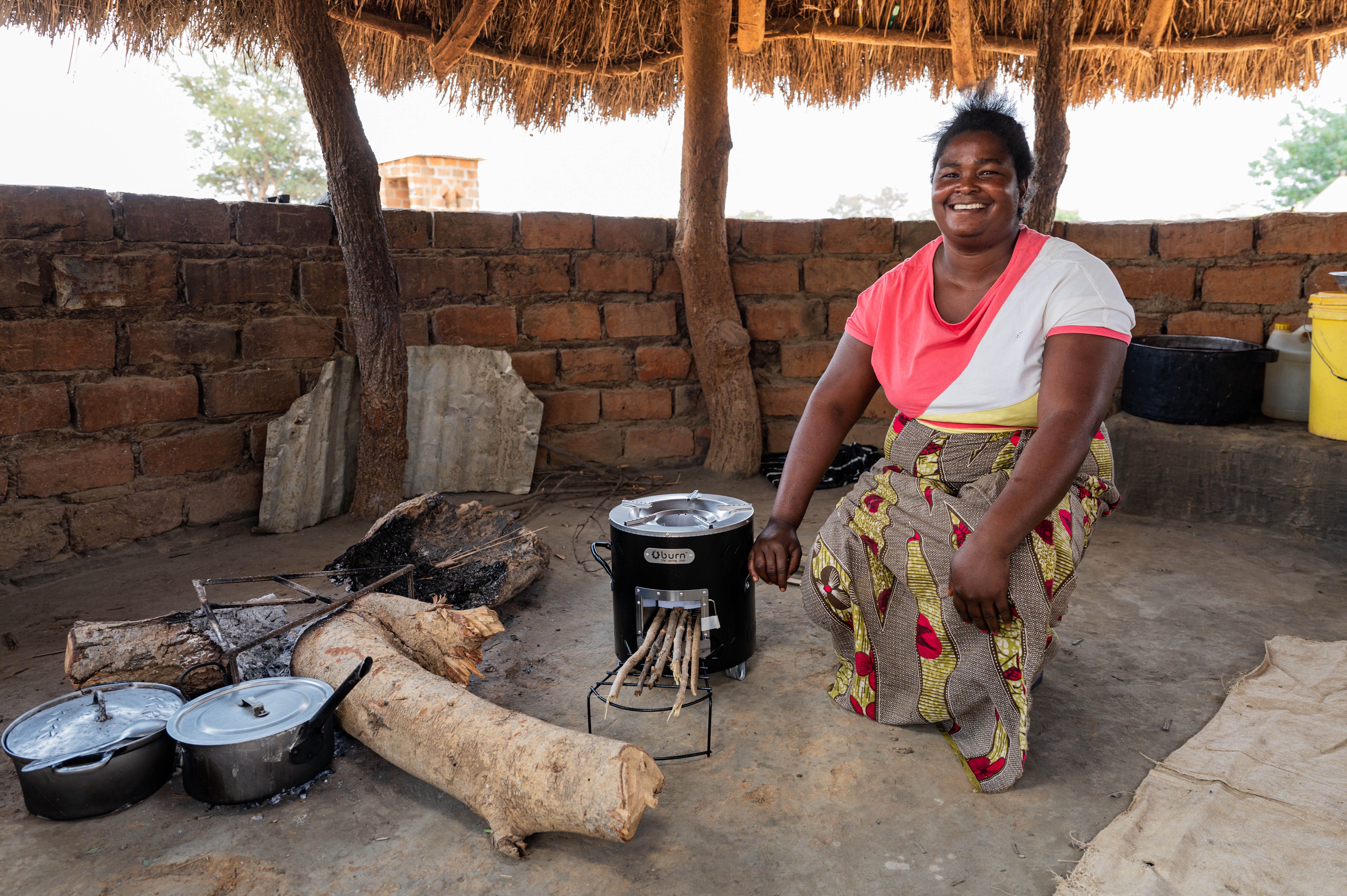
Improved cookstoves - better for health and the environment
